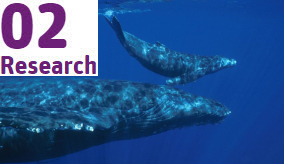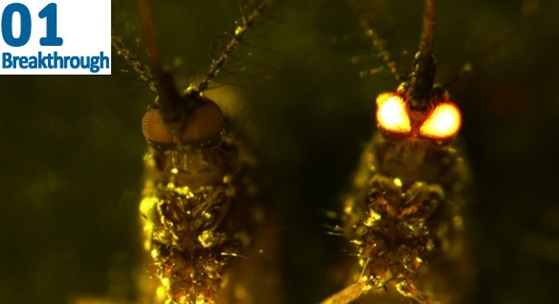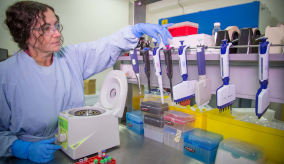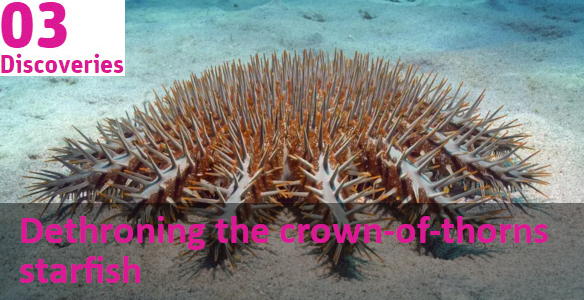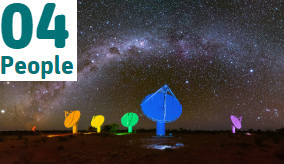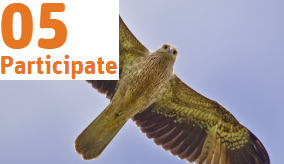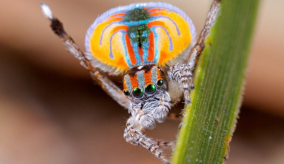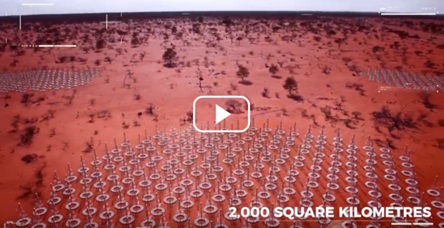Putting robots on the right path
A CSIRO Postdoctoral Fellowship helps facilitate the recruitment and development of our potential leaders. We are offering a CSIRO Postdoctoral Fellow in Machine Learning for Robotic Mobility with our Data61 team. Research enabling mobile robots to traverse novel environments/terrains with legged and wheeled vehicles; developing new robotic behaviours, and working within larger teams developing these platforms. Brisbane based.
Unlimited scope
Become a research scientist using world‐class facilities associated with our astronomy and space science team and its partners, including the Australian Square Kilometre Array Pathfinder, the Murchison Widefield Array, and future SKA-low prototypes. The research scientist will also be involved in the support of National Facility operations. Sydney or Perth.
